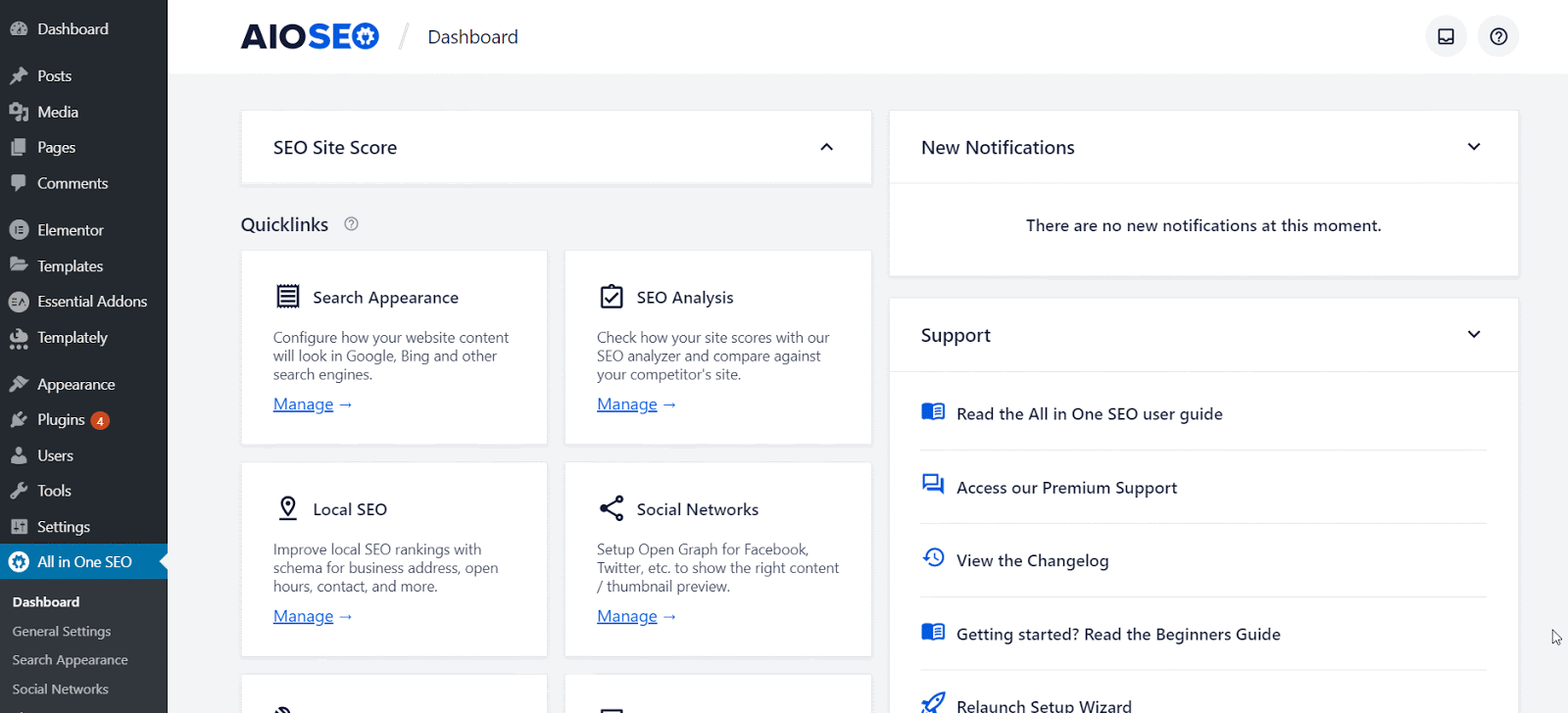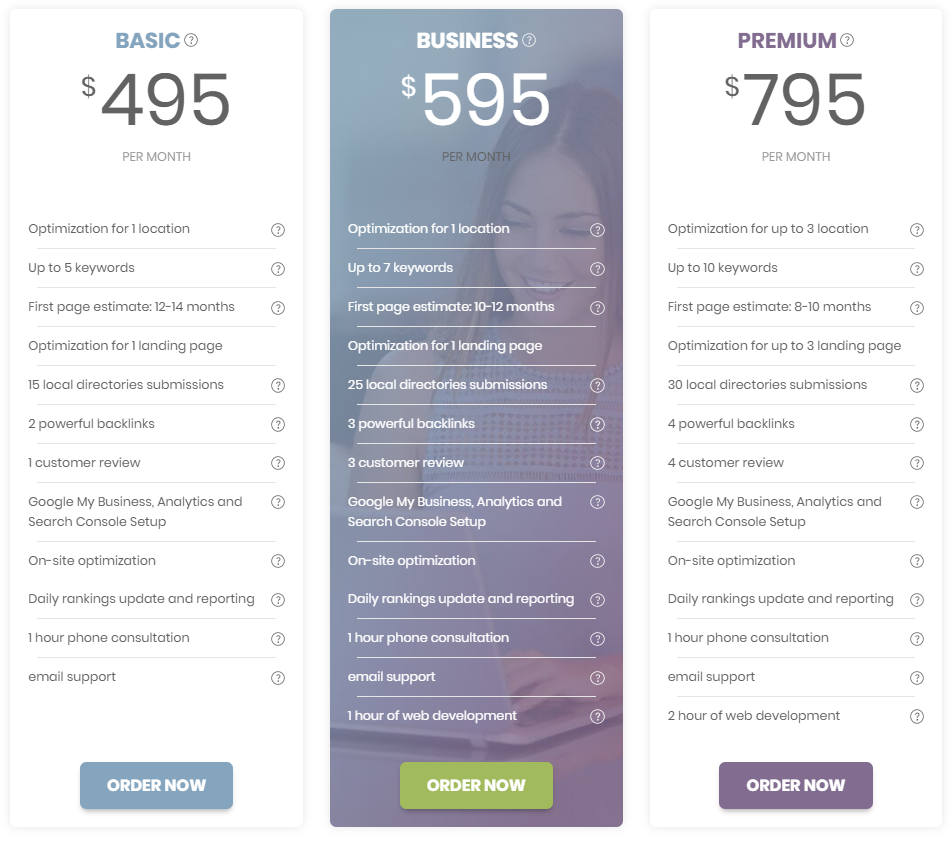
A website auditing checklist is a great tool for freelancers in the web design field. This article outlines the steps involved in conducting a website audit, how much it costs, and examples of website auditing checklists. These steps are crucial to the success your website design projects. But, it can take quite a while to do a site audit. This article is written to help you make the process as painless as possible.
Checklists for website auditing
There are many website auditing checklists available, including ones that focus on SEO, design, UX, lead generation, and search engine optimization. An audit of a website includes analyzing the technical performance of the website as well as how easy it is to use the site from mobile devices. For a more detailed audit, you can hire an SEO consultant to inspect your website. In addition, a website audit can include identifying any issues or pain points with the website's content, navigation, and page speed.

Website auditing checklists should include information about how your site collects client data and whether the information is stored in a manner that compromises security. PII, or personally identifiable information, should be collected and stored only if they are required by law. You should check that the site is not collecting personal information such names, addresses, and numbers. These types of data may violate your terms of service. The use of tags is another area that should be reviewed.
Steps involved in conducting a website audit
An audit of your website will uncover a variety of factors that can have a negative impact on its performance. These include technical aspects and on-page SEO techniques. This audit will also help you identify any potential issues that could negatively impact user experience and content assets. A website audit is vital before you start an SEO campaign. This will impact your rankings and organic traffic. A number of online tools can be used to conduct a website inspection. If you aren't comfortable with technical aspects, it may be worth hiring a professional.
Once you have identified all the factors that are relevant to your website audit you can implement them by making modifications to your site. You can share your website inspection checklist with other team members such as developers, designers, and marketing staff to help them make the right changes. It is important that you keep your website audits going. This will ensure that your website remains up-to-date.
Auditing a website is expensive
Conducting a website audit is crucial, whether you're looking to improve your website's speed or want to optimize specific elements. Even if you've hired someone to perform the audit, they will only be as good as their own expertise. You won't get the information you need if there is no checklist. There are many ways to ensure that your website audits are done properly.

A website auditing checklist may include all aspects of website maintenance. This could be basic tool setup or technical performance. It can include the following: content, on-page SEO, and technical performance. It may also include the creation of new content. An audit involves a team that will examine your website and make recommendations if there are any major changes. These steps will ensure your website functions as it should and your customers receive exactly what they want.
FAQ
What is Onpage SEO?
On-page search engine optimization is what you do on your website to make it rank higher in search engines. On-page search engine optimization covers things like site architecture, page titles (meta tags), image alt text, and page titles. Off-page optimization refers to any activities outside of your website that can improve its ranking. These include backlinks.
Why should I use Social Media Marketing?
Social media marketing allows you to reach new clients and maintain relationships with those that you already know. It's easy to build a community around your company by posting interesting articles, engaging with others through comments or likes, and creating a buzz about it. This will make it easier for potential customers find you online.
How do I start SEO?
SEO is possible in many ways. The first step in SEO is to identify keywords you'd like rank for. This is called "keyword Research". Next, optimize each page of your website for these keywords.
Optimization includes adding relevant titles, descriptions, and meta tags; creating unique page URLs; and linking to other websites. Once optimization is complete, you will need to submit the website to search engines such as Google, Yahoo!, or Bing.
To know if your progress is being made, you will need to keep track.
What Content Strategy can I use to improve my ranking?
Content strategy is the process of planning how much content you will produce over time. This includes keywords, topics and other information about you company. This plan is essential to ensure you don’t create too much or too few words before you begin writing.
Statistics
- 64% of marketers actively create SEO campaigns because they help hit multiple key performance indicators (KPIs), including increasing traffic, helping your site rank for relevant keywords, improving your conversion rate, and much more. (semrush.com)
- Sean isn't alone… Blogger James Pearson recently axed hundreds of blog posts from his site… and his organic traffic increased by 30%: (backlinko.com)
- And 90%+ of these backlinks cite a specific stat from my post: (backlinko.com)
- : You might have read about the time that I used The Content Relaunch to boost my organic traffic by 260.7%: (backlinko.com)
- If two people in 10 clicks go to your site as a result, that is a 20% CTR. (semrush.com)
External Links
How To
How can I tell if I'm doing SEO well?
There are many indicators that will help you determine if you're doing great in SEO.
-
Your bounce rate should not exceed 30%. Users will leave your website without clicking on any other links. If your bounce rate is high, it means that your audience is not trusting your brand and/or isn't interested what you have to offer.
-
Your site visitors visit many pages - this indicates that they are engaged with it and finding information useful.
-
Your conversion rate keeps improving. This is because your audience is becoming more aware of your products or services and wants them to buy them.
-
Your average site time is increasing. Visitors spend more time reading your content.
-
More people are coming from searches - this is one of the most reliable signs that you're doing great SEO.
-
You are receiving more shares on social networks - this means your content is being shared and reaching other audiences than your followers.
-
This is an indication that people are responding positively towards your work by leaving more comments in forums.
-
Engage more with your website by getting more likes (tweets), shares, likes, and likes for posts.
-
Your rank in SERPs is rising, a sign that your hard work is paying off.
-
Your website is receiving more leads. This means people are finding you organically and are contacting your website.
-
Your sales are growing - this shows that people who came to your website searching for your products and services are buying them.
-
You get more views and comments on your blog posts, which means that people find your content useful and interesting.
-
You get more subscribers to your email list - this shows that people trust you enough to subscribe to receive updates about your business.
-
Sales are on the rise - This means people love your products enough to be willing to spend more.
-
You've got more followers on social networks, showing that your fans share your content and engage with your brand.
-
You're getting more PR mentions - this shows that journalists are talking about your brand online. This can increase your company's visibility and your reputation.
-
You're being recommended more often - this shows that other companies also recommend your brand.
-
People continue to return to your website. This is a sign that your customers are satisfied with your work, and will return again and again when they need your assistance.
-
Your competitors are losing ground. They didn't invest as heavily in their SEO campaigns. This makes them appear bad.
-
Your brand's image has changed - this means your brand is becoming more popular among new customers.